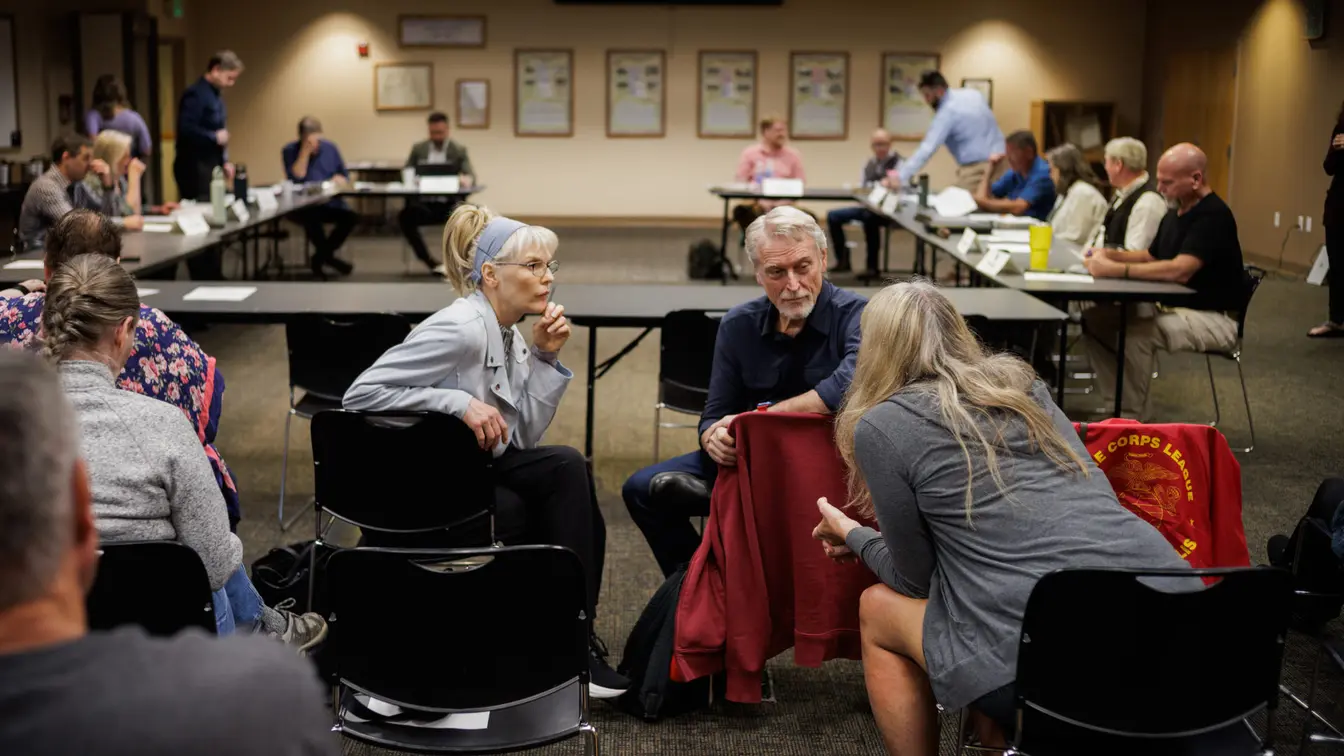T4K3.news
Weapons steers a lively debate on meaning
A new horror film sparks wide readings about loss and culture, inviting discussion beyond scares.
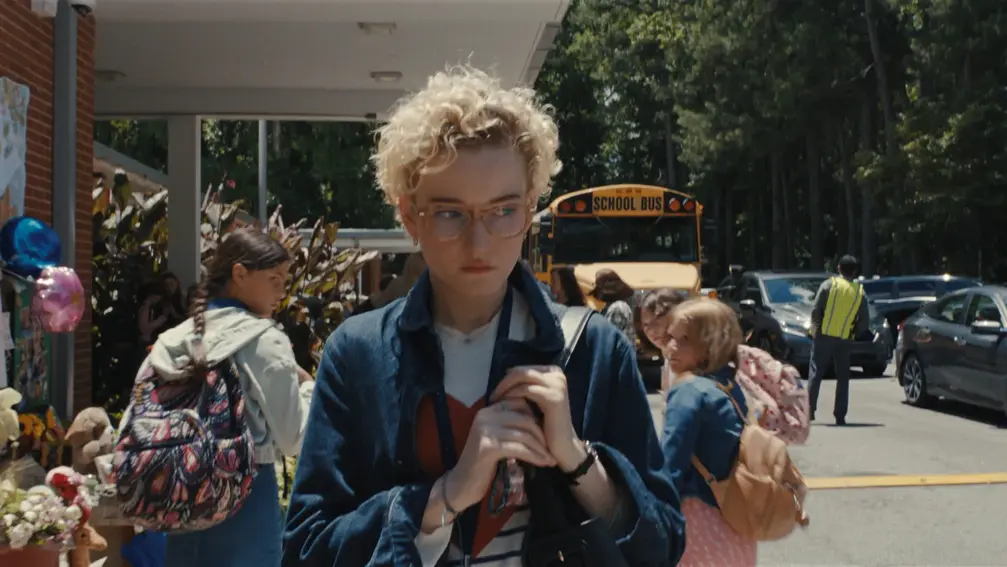
A thoughtful look at how the film Weapons invites multiple readings about loss memory and cultural fear.
Weapons Probes Meaning in a Time of Shared Trauma
Zach Cregger's Weapons has become a top horror success after a year of studio fright stories. The film centers on the disappearance of 17 children and features Julia Garner, Josh Brolin, Alden Ehrenreich, Benedict Wong, Austin Abrams, and Cary Christopher. It has sparked a wave of conversations online about what the story means. Some critics argue the film is about nothing, while others see layers of loss, trauma, and social fear. The director has said the project grew from the death of his friend Trevor Moore and blends emotion with dark humor.
However the filmmaker has stressed that the film should speak for itself and should not be limited by stated intent. Interviews describe influences from his life, including the alcoholism of his father, and the idea of a foreign entity entering the home and changing family dynamics. The ending and the figure Aunt Gladys have sparked many interpretations, including anti generational trauma readings and discussions of gun imagery, community decline, and modern parenting.
Key Takeaways
"it is not really my business what people make of the movie I have nothing to say about it"
director discusses audience readings and authorial intent
"Weapons is a fucked-up fairy tale that plays with childhood fears"
description of the film's tone and approach
"The idea that this foreign entity comes into your home and changes a parent"
comment on how the film portrays intrusion into family life
"Intentions matter but they do not own the meaning of a film"
editorial stance on interpretation vs author intent
This debate shows cinema as conversation rather than a sermon. The urge to pin a single meaning on a film can shut down curiosity and fuel click headlines, while online culture tends to reward quick judgments over careful reading.
The film blends personal loss with social critique and uses a fairy tale frame to examine how adults shape children. The ending offers a possibility of healing and resistance to a culture of fear, while still inviting new readings that may evolve with time.
Highlights
- Art invites multiple truths not a single map
- Reading a film is living with it not counting every frame
- Intentions matter but they do not own the meaning of a film
- A movie should speak for itself not beg for a single reading
Public reaction and sensitive topics risk
The piece touches on gun imagery, childhood safety, and political readings that could spark public debate or backlash. It also discusses generational trauma and online discourse, which may provoke strong responses from various audiences.
Art remains alive when it invites more voices to speak.
Enjoyed this? Let your friends know!
Related News

Switch 2 price talk

Nuclear experts address AI integration in weapons

World marks Hiroshima anniversary with renewed nuclear fears

Longevity reshapes the federal budget reality
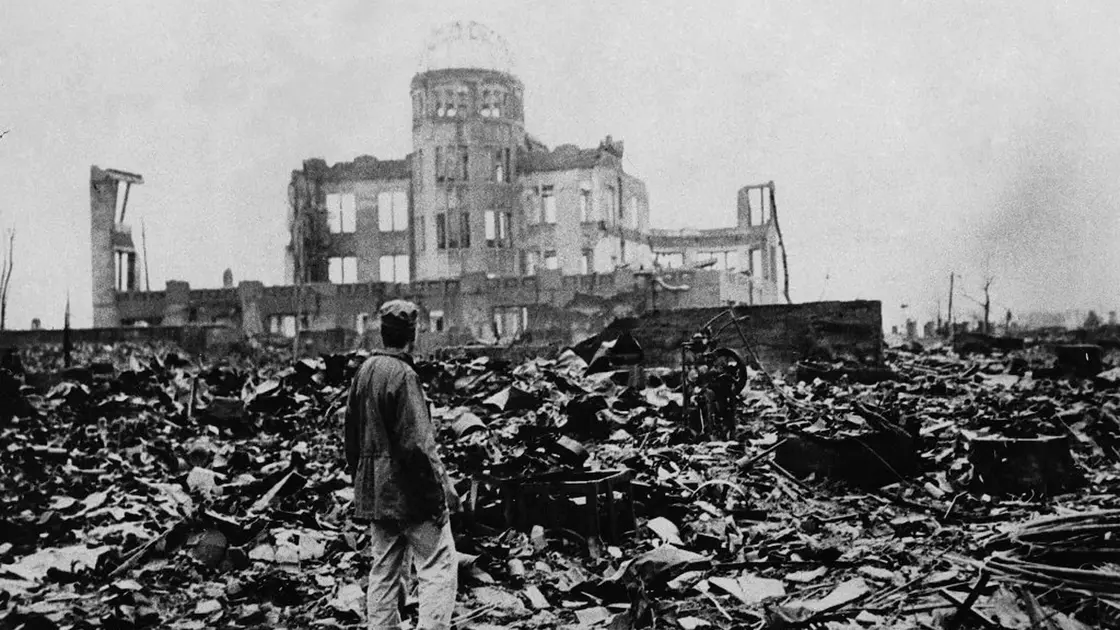
Japan marks 80th anniversary of Hiroshima bombing

Increased Global Pressure on Israel Due to Gaza Actions
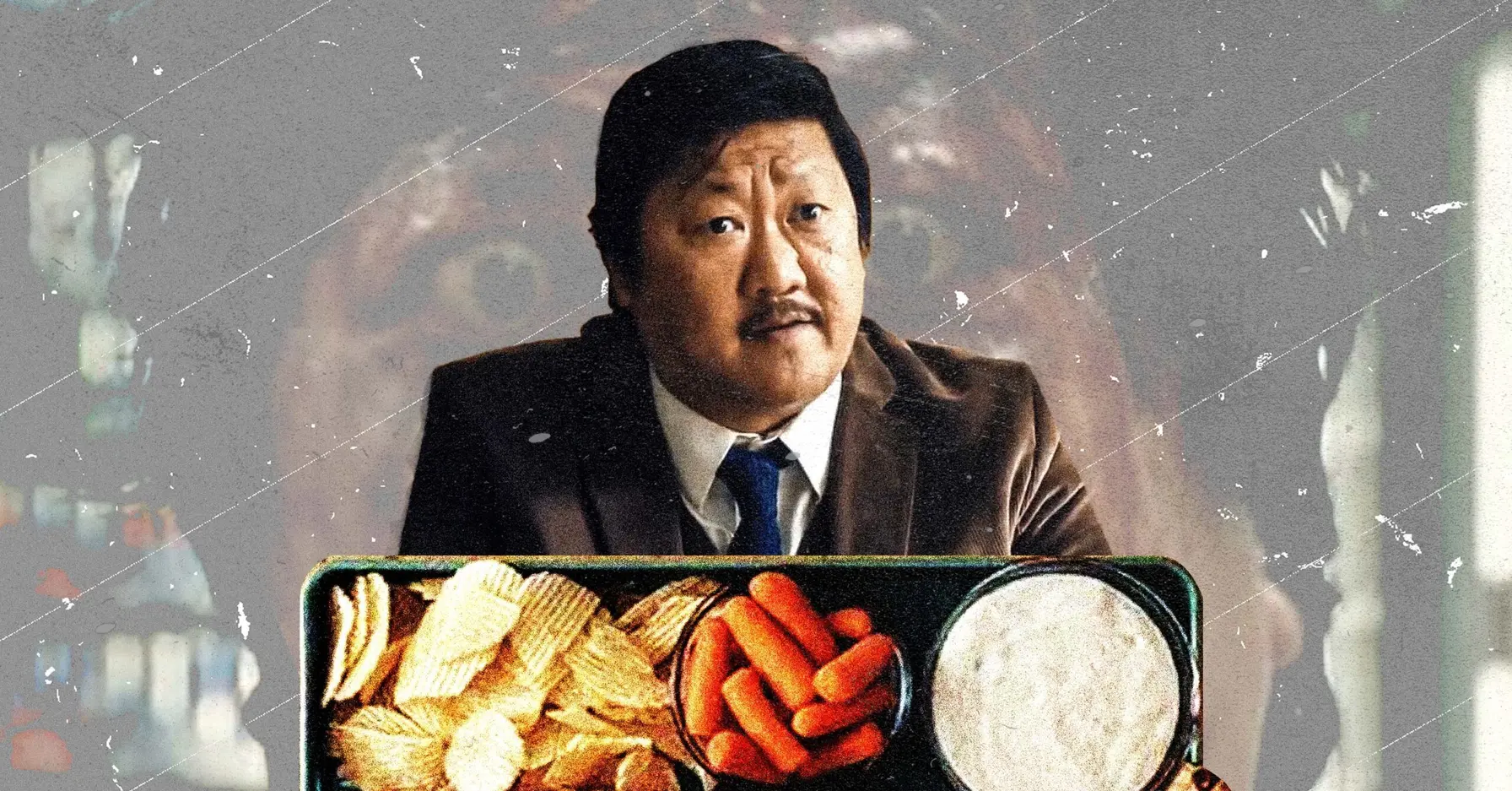
Weapons analysis published
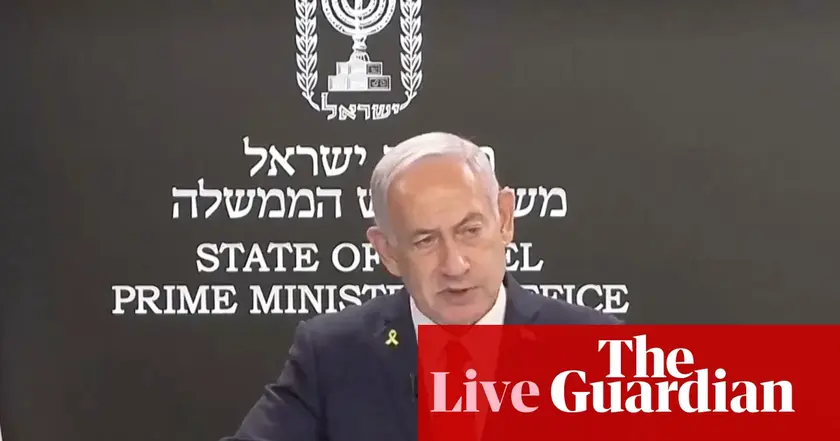
UN warns Gaza faces starvation
